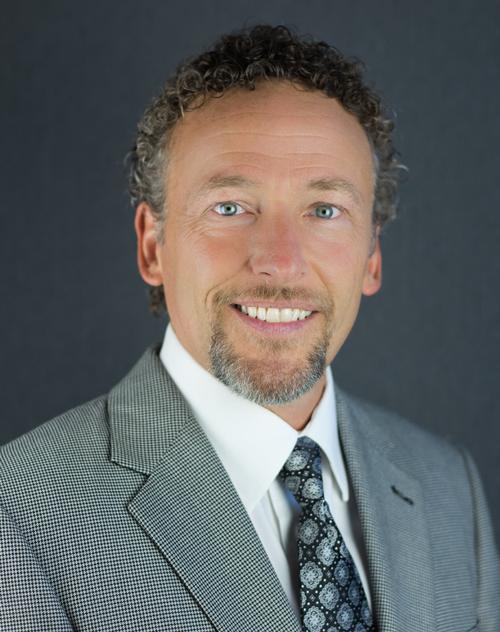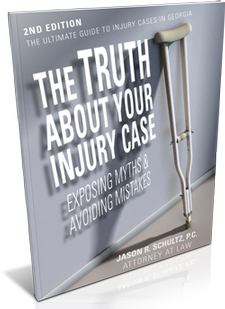The types of abuse common in nursing home and other long-term care facility settings fall under the following four categories.
- Physical: Physical abuse results in pain, injury, or impairment of an elder. It’s intentional behavior and includes not only physical assaults such as hitting, slapping, pinching, and pushing, but also the inappropriate use of restraints, confinement, or drugs.
- Emotional: This type of abuse causes a victim to sustain emotional pain and distress, which can in turn, affect him/her physically. Examples include verbal threats, insults, humiliation, blaming, ignoring, and isolating the elder from others.
- Sexual: Any inappropriate contact with an elder without consent is considered sexual abuse. It can include not only touching and molestation but also forcing the elder to undress or to watch pornographic material.
- Neglect: Neglect is the most common types of elder abuse, accounting for roughly half of all cases, according to the AoA. Neglect includes a broad range of mistreatment and failing to tend to basic needs, such as clean bedding, medicine, personal hygiene, food, emotional needs.
Signs Your Loved One May Be Being Abused or Neglected
There are numerous signs to look for if you suspect your loved one is being abused. General signs of abuse include an apparent tension or uneasiness between the elder and the caretaker, and an inexplicable change in behavior in the elder.
Other signs of abuse and neglect include the following.
- Physical signs of abuse, such as bruises, welts, burn marks, rope marks on wrists, and fractures
- The nursing home staff’s unwillingness to let you visit your loved one alone
- Broken eyeglasses or torn clothing
- Soiled sheets, dirty clothing, poor hygiene, and bed sores
- Rocking, mumbling, or sucking (signs of emotional abuse often mimic those of dementia)
- Genital infections and disease, bruising in genital area
- Unexplained weight loss, malnutrition, and dehydration
What to Do If You Suspect Elder Abuse
Your intuition can be a good indicator of elder abuse; if you suspect something is amiss, it probably is. It’s your duty to report any suspected abuse. Reporting it is the only way to stop it.
There are two agencies to contact to report the abuse.
- The Adult Protective Services (APS) agency in the state where your loved one resides: You can call the Eldercare Locator at 800-677-1116. In Georgia, you can call the National Adult Protective Services Association at 800-878-6442 to report abuse in a nursing home setting.
- Your Long Term Care Ombudsman: You can locate your local Ombudsman or Citizen Advocacy Group by using the National Consumer Voice map locator.
It’s also important to know what your legal options are if your loved one has been harmed in a nursing home. You might be able to file a claim or suit against the facility to recover damages. For more info, call a nursing home abuse attorney at the Law Office of Jason R. Schultz in Georgia at 404-474-0804 for a free consultation.


